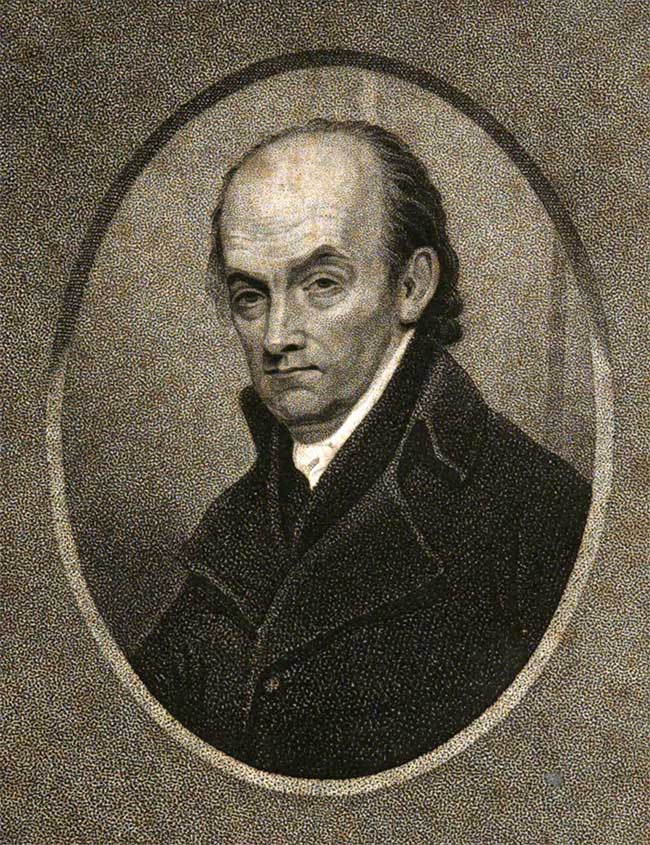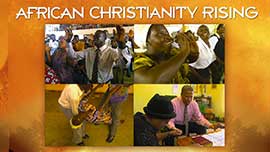REMARKABLE VAN DER KEMP DENOUNCED SLAVERY AND PROMOTED CHRIST

[Above: Johannes Theodosius Van der Kemp from Transactions of the Missionary Society. United Kingdom: Bye and Law, 1804. public domain.]
IN MARCH 1791, Johannes Van der Kemp was a Deist who worshiped God but denounced Christ as an imposter. On this day 31 March 1799, he landed at the Cape of Good Hope, South Africa, to preach the same Christ whom he had spurned eight years before.
His transformation began in June 1791. A waterspout overturned his sail boat, drowning his wife and daughter. He was swept for a mile, clinging to wreckage. Afterward, he went to church to submit to God’s will. Communion was being administered. He felt ashamed to take it, not believing in Christ, but was embarrassed to back out. While considering this, he sensed a command that he entrust the souls of his wife and daughter—and his own life—to Christ.
He realized he would have to adopt Christian doctrine, which he had considered absurd. Somehow Christ put in his mind a command to examine Scripture again—with a promise to assist his understanding. “But eat now this bread and remember your new master.” At that moment he realized that the only religion acceptable to God is unreserved dependence upon Christ.
Soon Van der Kemp was sharing the gospel. A man of great ability, he had already served almost two decades in the military in India and afterward earned a medical degree in Scotland. Following his conversion to Christianity, he earned deep respect managing a large field hospital near Rotterdam during a war between Holland and France. His care for bodies was matched by his care for souls.
The Dutch had little interest in missions then. So Van der Kemp contacted the London Mission Society, which commissioned him to serve in South Africa. He and his companions sailed on a ship transporting convicts. The Christians worked among the prisoners, winning many to Christ. During pestilence, they tended the sick. When a violent storm filled the ship with water, they remained hopeful and, after three harrowing days, escaped the danger.
Work in Africa proved dangerous and often thankless. With difficulty Van der Kemp entered the Kaffraria region. He worked two years among the Xhosa but saw no conversions. During a serious drought, Chief Ngqika asked him to pray for rain and within hours God sent a downpour. The chief was impressed, but his mother resented this miracle as she was the leading rainmaker of the region. For that and other reasons, the situation deteriorated so much that Van der Kemp and his teammates had to flee. Five of his party were killed during the withdrawal. Nonetheless, his efforts were not futile—he had published a study of Kaffraria’s language and culture.
Oddly, Van der Kemp had refused to wear shoes or a hat despite the heat and the rough terrain. When Chief Ngqika asked him why, the missionary replied that it was God’s wish and wrote,
What does it signify to walk barefoot, as I now have done for almost two years, if my feet may be shod with the gospel of peace? What if I had no hat to cover my head, if it may be protected with the helmet of salvation?
After retreating from Xhosa territory, he worked among the Khoikhoi (Hottentots). His work was hampered by wars and by Boer ideas of supremacy. Colonists were infuriated because he was outspoken against slavery and provided shelter to refugees. He critiqued colonial policy and violated the Dutch Boers’ law against educating Africans. Later he outraged European opinion even more by marrying Sara van de Kaap, a fourteen-year-old ex-slave with whom he would have four children.
Nonetheless, when he died in Cape Town in 1811, his funeral was thronged. Even his enemies realized a remarkable man had walked among them.
—Dan Graves
_ _ _ _ _
For more about Christianity in sub-saharan Africa, watch African Christianity Rising
African Christianity Rising can be purchased at Vision Video.







